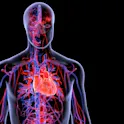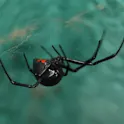
Health
19 Jun 2024
Ultrasound beam triggers ‘nanodroplets' to deliver drugs at exactly the right spot
Conventional drug delivery is inefficient and imprecise. Through a series of preclinical experiments, researchers from the University of Utah have optimized a novel, targeted method of delivery through nanodroplet carriers, which are triggered to release their drug at exactly the desired spot by a focused beam of ultrasound. Their results showed that nanodroplets with a core of perfluorooctylbromide are stable, efficient in delivery, and well tolerated. Clinical experiments are likely to follow.













